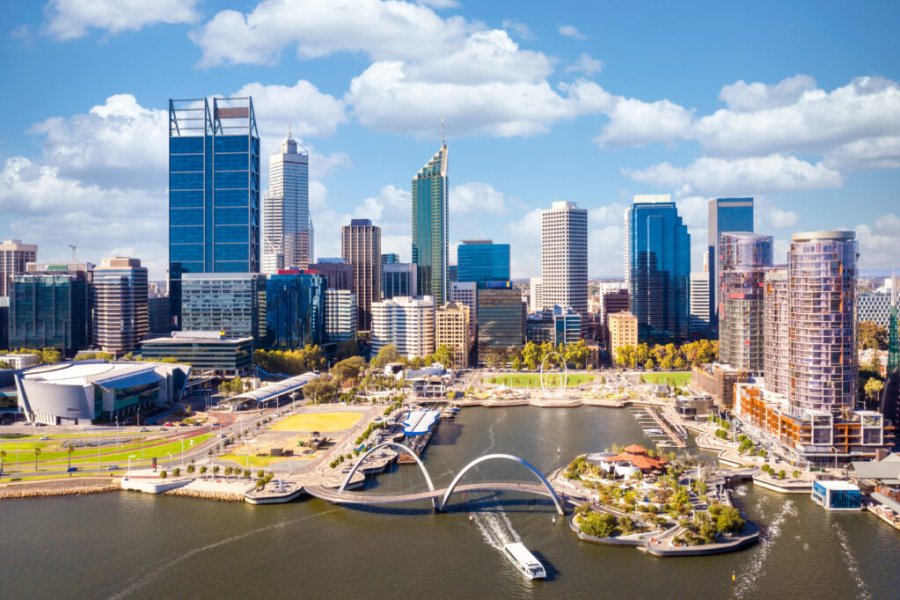Travel Guide Morant Bay
Find an accommodation
Advertising
The town of Morant Bay is not a popular stop for foreign tourists. This town of some 10,000 inhabitants is most famous for having been the scene of one of the last black revolts. The rebellion claimed many lives on both sides and ended in a bloody crackdown, marking a decisive step on the road to independence. The demonstration was initially intended to be peaceful, but a riot broke out and the police fired on the crowd, killing many. In retaliation, the insurgents set fire to the courthouse. Unfortunately, the fire spread and destroyed much of the city. The governor at the time, Edward Eyre, would take extreme repressive measures. The two leaders were hanged high and short, without any other form of trial, and the reprisals were very severe: houses were looted, burned, summary executions... This indiscriminate response cost the governor his job, who was quickly dismissed and repatriated by an English government anxious to maintain a semblance of fairness in its colony, and sensitive to progressive public opinion. Today, Morant Bay, a large, quiet town with brightly painted wooden houses in the traditional Caribbean style, lives happily and peacefully. Nothing remains of the old colonial town except for the red-brick, white-arched Church of St. Thomas, which dates from 1865, the courthouse and, just in front of it, the statue of Paul Bogle, activist and national hero leader of the Morant Bay revolt. The center of the city is a bustling place on market days.
What to visit Morant Bay?
Advertising
Suggested addresses Morant Bay
Weather at the moment
Advertising
Organize your trip with our partners Morant Bay
Transportation
Book your plane tickets
Car Rental
Boat rental
Accommodation & stays
Find a hotel
Holiday rental
Find your campsite
Tailor-made trip
Immersion travel
Services / On site
Activities & visits
Find a doctor




